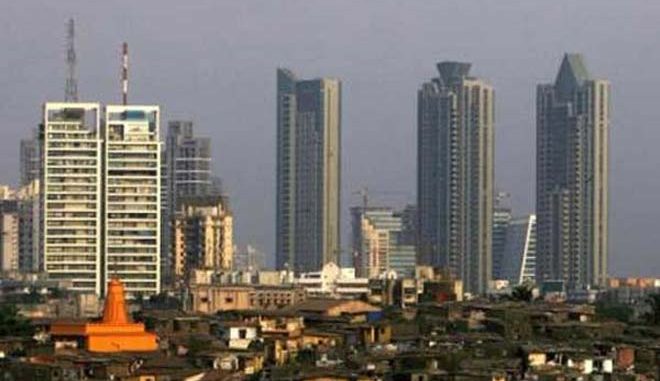
India’s consumption story is predicated upon the millennial and post-millennial demographic performing productive, paying jobs. A revised forecast of India’s labour market by 2022E is sobering: half-a-billion people are expected to be dependent on agriculture, contributing to only a ninth of the GDP. The pace of transition is not encouraging—we examine the implications of this on urbanisation, inequality and women empowerment, among other factors.
A review of 24 industry reports commissioned by the National Skills Development Council (NSDC) and their comparison with similar reports that NSDC had put together around the end of the last decade shows a sharp fall in overall expected job creation. The earlier forecast expected to see 654 million working Indians by 2022E, this number is now lower at 575 million. The earlier estimate pegged Indians employed in agriculture at 114 million (or 18% of the workforce) by 2022E; the new estimate is 216 million (38%). There is a significant correction in the number of jobs that the auto and food processing industries are expected to create even as 38 million more jobs are expected to be created in ‘organised retail’.
India’s consumption story is predicated upon the millennial and post-millennial demographic performing productive, paying jobs. A revised forecast of India’s labour market by 2022E is sobering: half-a-billion people are expected to be dependent on agriculture, contributing to only a ninth of the GDP. The pace of transition is not encouraging—we examine the implications of this on urbanisation, inequality and women empowerment, among other factors.
A review of 24 industry reports commissioned by the National Skills Development Council (NSDC) and their comparison with similar reports that NSDC had put together around the end of the last decade shows a sharp fall in overall expected job creation. The earlier forecast expected to see 654 million working Indians by 2022E, this number is now lower at 575 million. The earlier estimate pegged Indians employed in agriculture at 114 million (or 18% of the workforce) by 2022E; the new estimate is 216 million (38%). There is a significant correction in the number of jobs that the auto and food processing industries are expected to create even as 38 million more jobs are expected to be created in ‘organised retail’.
How are we doing in the short-term markers as we head towards the long term? The labour bureau of the ministry of labour and employment brings out a quarterly report on the changes in employment in selected sectors. The trend of job creation over the last two years till September 2015 in the eight sectors that they track have cumulatively created an estimated 0.7 million net new jobs over the last two years. Six of these eight sectors are expected, by the NSDC reports, to annually create 3.6 million jobs. If the labour bureau reports do indeed fully capture the extent of job creation in these sectors, it indicates that India needs to significantly step up on job creation.
Policy imperatives
India’s great middle-class consumption story feeds on the expectation of frenetic activity in goods, services and savings servicing a burgeoning demographic with money to spend. At the core of this plot is job-creation, with a trickle-down effect in which economic growth actually reaches households. The need for expanding the reach and quality of primary and secondary education is well known, particularly the need to link it with skill development to prepare students for the job market. In this context, an important impetus for industry is the government’s Make in India push.
A more sustained push would require, among other things, a significant increase in the ease of doing business in India, including easier compliance with labor laws, easier exits from agriculture and incentives to create employment in services and industry. This would also require help from a growing local and global market.
It is interesting to note that Switzerland (which puts this idea to vote in a referendum) and the global investment management industry (Bill Gross’ recent note) have now started discussing a guaranteed universal basic income (UBI), a form of which is the unemployment insurance scheme we have here in India. Unless there is significant job creation in India, the fiscal management of Indian finances will continue to be Robin Hood-esque: taxing urban India to prop up rural India.
Tilotia is author, The Making of India – GameChanging Transitions, and is an associate director with Kotak Institutional Equities. Views are personal
source:Agriculture in India

Leave a Reply